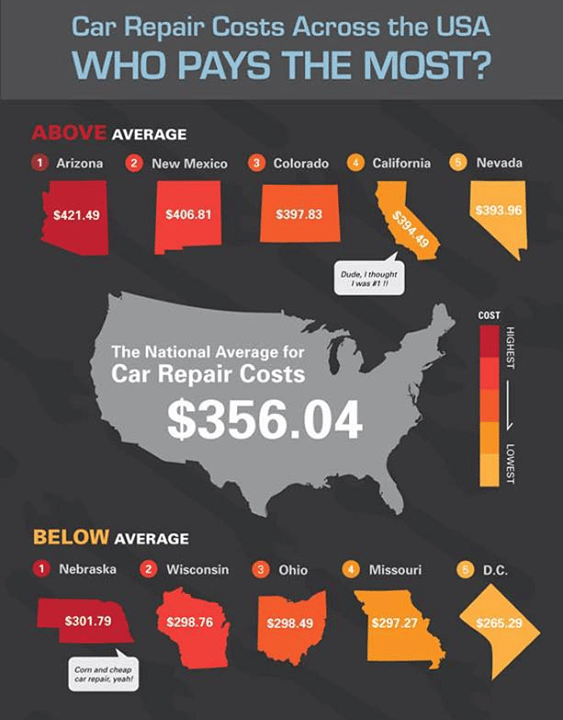Comprehending The Meaning Behind Your Automobile'S Warning Lights: An Extensive Appearance
Comprehending The Meaning Behind Your Automobile'S Warning Lights: An Extensive Appearance
Blog Article
Author-Lim Stark
When you're behind the wheel, those radiant warning lights on your dashboard can be a little bit complicated. Do you understand what they're attempting to tell you concerning your vehicle's health and wellness? Recognizing the value of these lights is vital for your safety and security and the long life of your vehicle. So, the following time one of those lights appears, would not you wish to decipher its message accurately and take the essential steps to address it?
Common Caution Lighting and Interpretations
Determine usual caution lights in your vehicle and comprehend their definitions to guarantee secure driving.
The most regular warning lights include the check engine light, which signals problems with the engine or emissions system. If this light begins, it's essential to have your vehicle checked without delay.
The oil stress cautioning light indicates low oil stress, needing immediate attention to avoid engine damage.
A blinking battery light might suggest a faulty billing system, potentially leaving you stranded if not attended to.
The tire pressure surveillance system (TPMS) light alerts you to low tire stress, impacting car stability and fuel effectiveness. Ignoring this can result in hazardous driving problems.
The ABS light shows a problem with the anti-lock stopping system, compromising your capability to stop promptly in emergencies.
Last but not least, the coolant temperature warning light warns of engine overheating, which can cause severe damage if not fixed swiftly.
Recognizing these typical caution lights will help you deal with concerns promptly and maintain safe driving conditions.
Relevance of Prompt Interest
Recognizing the typical caution lights in your vehicle is just the first step; the relevance of immediately resolving these warnings can not be highlighted enough to guarantee your safety when driving.
When a caution light brightens on your control panel, it's your automobile's way of interacting a prospective concern that needs focus. Ignoring these cautions can cause more serious issues later on, jeopardizing your safety and security and possibly costing you more in repairs.
https://brakeservicenearme71615.blog4youth.com/31790772/trip-into-the-world-of-professional-car-describing-with-exclusive-understandings-from-a-professional to alerting lights can protect against breakdowns and accidents. As an example, a blinking check engine light can indicate a misfire that, if left neglected, could cause damages to the catalytic converter. Resolving this immediately can save you from a costly fixing.
Likewise, boat wash near me advising light may indicate reduced brake fluid or used brake pads, crucial parts for your safety and security when driving.
Do It Yourself Troubleshooting Tips
If you discover a caution light on your control panel, there are a couple of DIY fixing tips you can try before looking for expert assistance.
The first step is to consult your cars and truck's guidebook to recognize what the certain caution light shows. Occasionally the concern can be as basic as a loosened gas cap activating the check engine light. Tightening up the gas cap may deal with the issue.
An additional common issue is a low battery, which can cause numerous alerting lights. Examining the battery connections for corrosion and ensuring they're secure may repair the trouble.
If a caution light persists, you can try resetting it by separating the automobile's battery for a few minutes and after that reconnecting it. In addition, checking your lorry's fluid degrees, such as oil, coolant, and brake liquid, can aid repair cautioning lights related to these systems.
Final thought
In conclusion, recognizing your car's caution lights is important for maintaining your car running efficiently and safely. By immediately attending to these alerts and knowing what they mean, you can prevent costly fixings and prospective failures.
Remember to consult your car's handbook for certain details on each alerting light and do something about it accordingly to ensure a trouble-free driving experience.
Remain notified, stay risk-free on the road!
